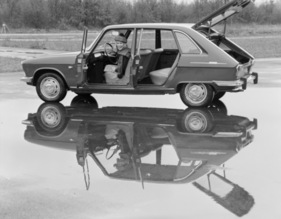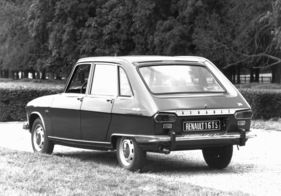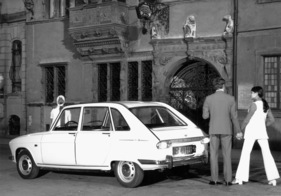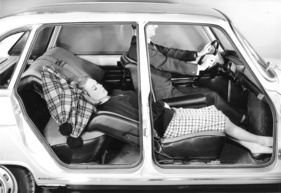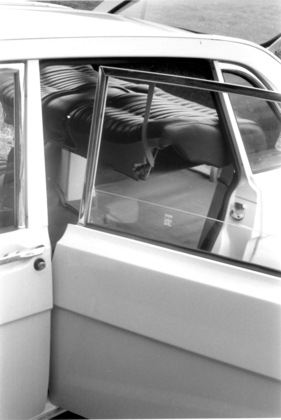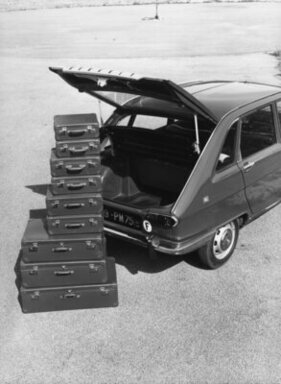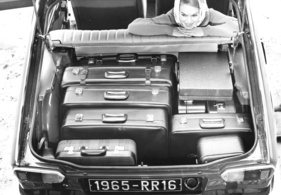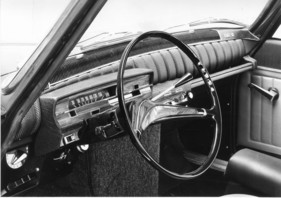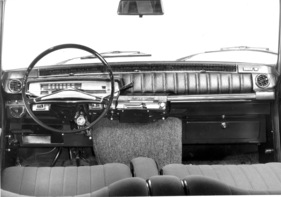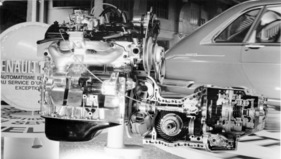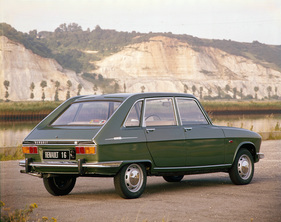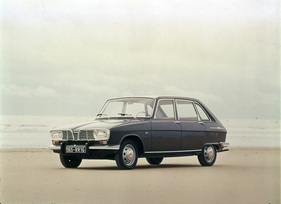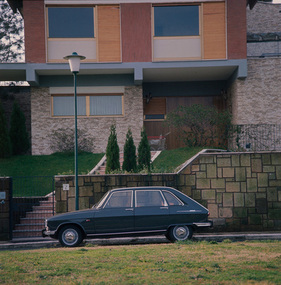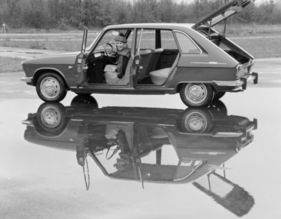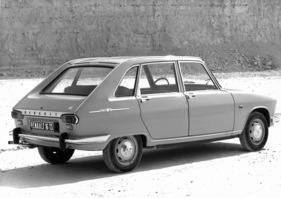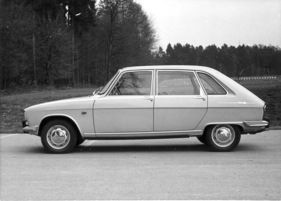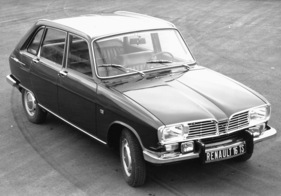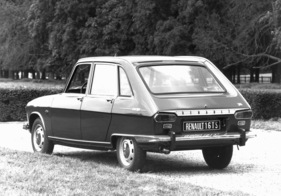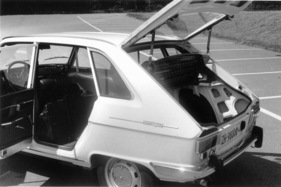The evolution of the revolution - Renault 16 in the (historic) test
Summary
The Renault 16 was built for six years without any noticeable changes, but was developed further several times. In August 1970, the 71 model was launched with standardized 1600 cc engines in two power levels. This historical test examines the new 1600/65 hp version and then discusses the earlier changes as advice for second-hand buyers.
This article contains the following chapters
- Driving behavior still first class
- Quality and maturity
- Years of development
- mot overall verdict
- Plus points
- Minus points
Estimated reading time: 14min
Preview (beginning of the article)
The bodywork remained unchanged. It is certainly not a beauty, but it is practical and has its own lines. Standardized four-door estate saloon, luggage compartment very easily accessible through the tailgate; the screen above the luggage is raised when the tailgate is opened, the rear seat can be pushed forward by 15 cm for larger loads. To utilize the entire rear seat compartment as cargo space, the backrest can be folded up and hung on the roof, the bench can be folded forward, and both can also be removed; then you have 1.80 m loading length behind the rear seats, a delivery van. You can also slide the rear seat bench all the way to the front seats to prevent a child or dog or objects from sliding off the bench; with reclining seats (all R 16) you can create a resting area from the rear seat backrest and front seat backrest (pleasant for a passenger on a long journey, even comfortable enough for patient transportation) or you can also make the reclining seats part of a complete reclining area. No other car has all this sophistication.
Continue reading this article for free?
Photos of this article



